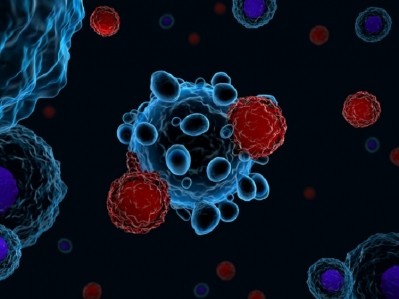BIA Bioscience Forum
Four major barriers to efficient cell & gene manufacture

The UK’s BioIndustry (BIA) hosted its Bioscience Forum last week and a panel discussion saw a focus on what the major challenges are to creating an efficient production process for cell and gene therapies.
The panellists included three representatives from UK-based biotechs that are riding the wave of increased investment into the cell and gene therapy manufacturing network in the UK.
However, despite this investment and the high-profile approvals of certain cell therapies, companies working in the area still face barriers to bringing products efficiently and cost-effectively to patients.
Here are the four major difficulties the panellists covered:
1. The pace of development – Nick Page, chief operating officer at Oxford BioMedica
"When you come in from outside [of the cell and gene therapy space], because of the pace of development and the speeds with which candidates have been brought through to the market, you see sub-optimal processes, fragile supply chains and long waits for analysis. It is quite shocking how fragile that actually feels and how amazing that we have done so well to get products all the way through to the market to cure people.
“The big challenge I'm throwing to my team is making the process robust, industrial and repeatable – by doing this, we will open up these therapies to far more patients.”
2. Introducing process changes – Lisa Fox, SVP of cell therapy operations at Orchard Therapeutics
“When you are talking about an ultra-rare disease, there's not really a Phase III clinical trial period so you don't get a lot of opportunity or time to develop your process. You do not get time to introduce process changes prior to your final market authorisation.
“We have really tried to influence pre-clinical activities so that, when we take that next step, we're making minimal changes and then when we do want to move on to the final manufacturing process, we're only making a few changes. In this way, we can be comfortable that we'll be allowed to progress with analytical comparability rather having to treat additional patients – which is a large burden when you're dealing with ultra-rare diseases."
3. The difficulties of logistics – Phil Bassett, head of process development at Adaptimmune
“As we develop, because we work across multiple territories, what kind of manufacturing paradigms do you design for that? Do you have one centralised facility or several dotted around the globe?
“Both offer different logistic solutions. If you are dealing with fresh incoming material then you really need your manufacturing to be co-located with your patient groups. This is one of the key advantages to being able to freeze incoming material, in that having the stability does make the logistics much easier.”
4. Supplying the demand for new technology – Phil Vanek, general manager of cell & gene therapy strategy at GE Healthcare
“This industry is moving very quickly and the challenge is that this introduces the feeling that we're building the plane as we're flying it. If I unpack the different ecosystems that have to connect: the first is the biology-side, where the therapy is shaped and defined – that's changing at such a pace, and has ripple effects on to what manufacturing has to look like, as to what distribution and the supply chain must look like. In the near term, we're looking at a lot of therapies that are patient-specific, dependent on understanding patient's treatment histories, genetics and backgrounds – each of these adds new complexity.
“There are not a lot of new technologies coming on to the market to support these innovations and we get chastised all the time, with people saying: 'Come on, where are the new products and technology? I need exactly this'. For us, it's difficult because our cycle time for creating a new platform that is qualified and robust enough to support all these changes is time-consuming.”

















